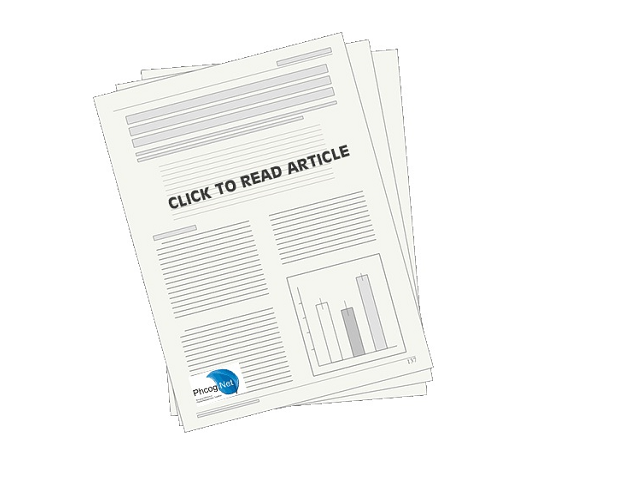Role of Vitamin D in Cardiovascular Autonomic Function in Diabetes Mellitus
Abstract
In India, the most encountered metabolic disorder is Type 2 Diabetes Mellitus (T2DM). T2DM is one of the chronic diseases, and there would be 80 million diabetic individuals in India by 2030.[1] Even though it is usually of adult type, nowadays it is observed frequently in the younger age group. Almost all systems in our body are affected by this disorder. Vitamin D is a fat-soluble vitamin present in sunlight and in certain foods. Vitamin D supports the immune system, cardiovascular system, and it also regulates insulin levels. Vitamin D is a neuroactive substance which stimulates central nervous system to keep the sympathetic and parasympathetic nervous system in balance with each other.[2] Vitamin D Receptors (VDRs) are widely distributed in nerve fibres of the brain and spinal cord to which activated Vitamin D (1,25-dihydroxy vitamin D) binds to build up vagal activity, and this physiological function of Vitamin D is implemented by its potential to traverse the blood-brain barrier to reach the brain. Also, the biogenesis of neurotransmitters regulating cardiovascular autonomic function occurs proportionately with the help of Vitamin D. The basal heart rate and blood pressure regulation by the sympathetic and parasympathetic nervous system are suppressed in case of low serum Vitamin D levels, and thus, Vitamin D deficiency has an adverse effect over cardiac autonomic functions.[2] The onset and severity of cardiac autonomic neuropathy in T2DM is linked to Vitamin D.[3] Autonomic dysfunctions like postural orthostatic tachycardia syndrome and orthostatic hypotension are associated with low Vitamin D levels.[4] Read more . . .






